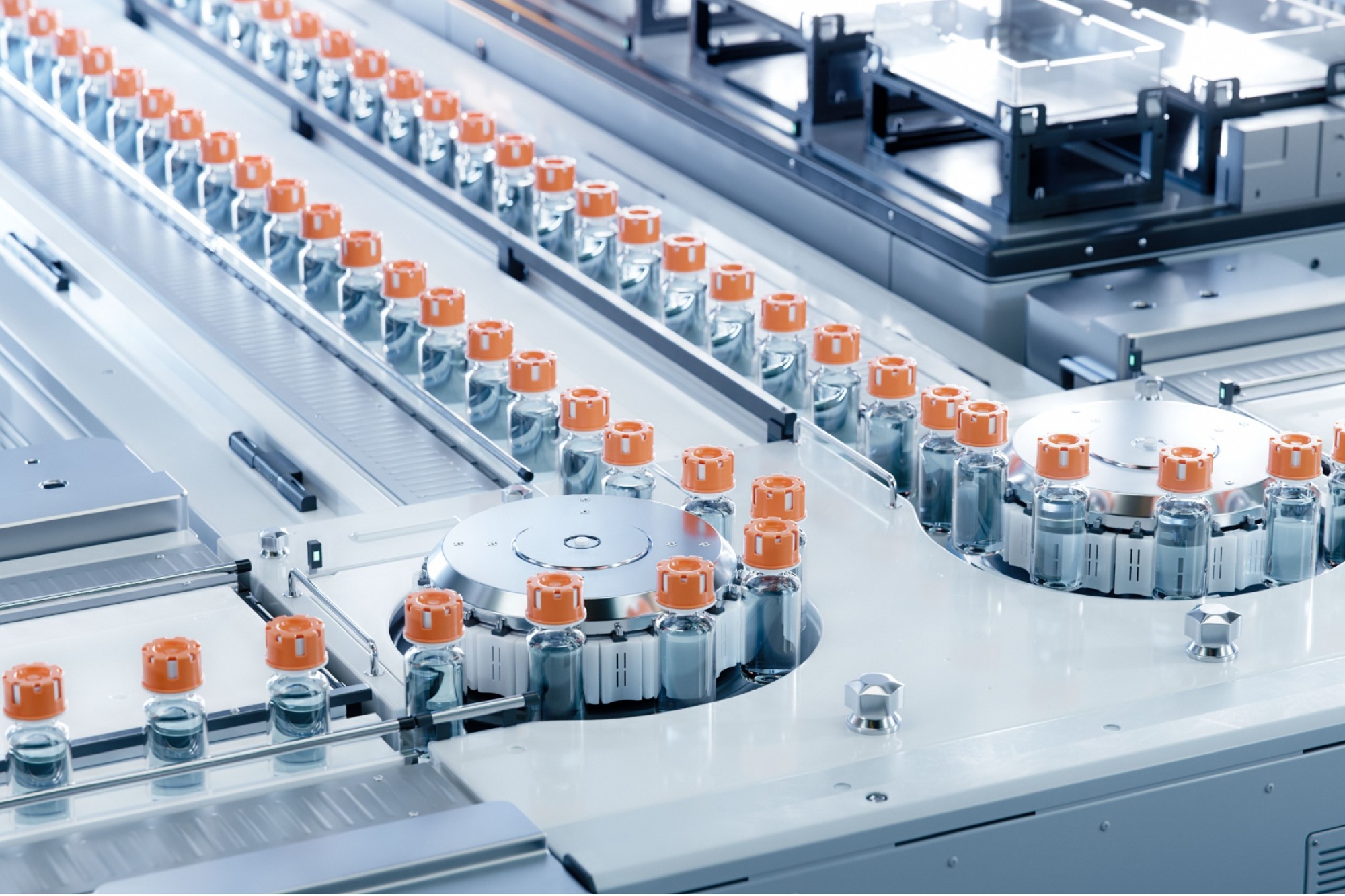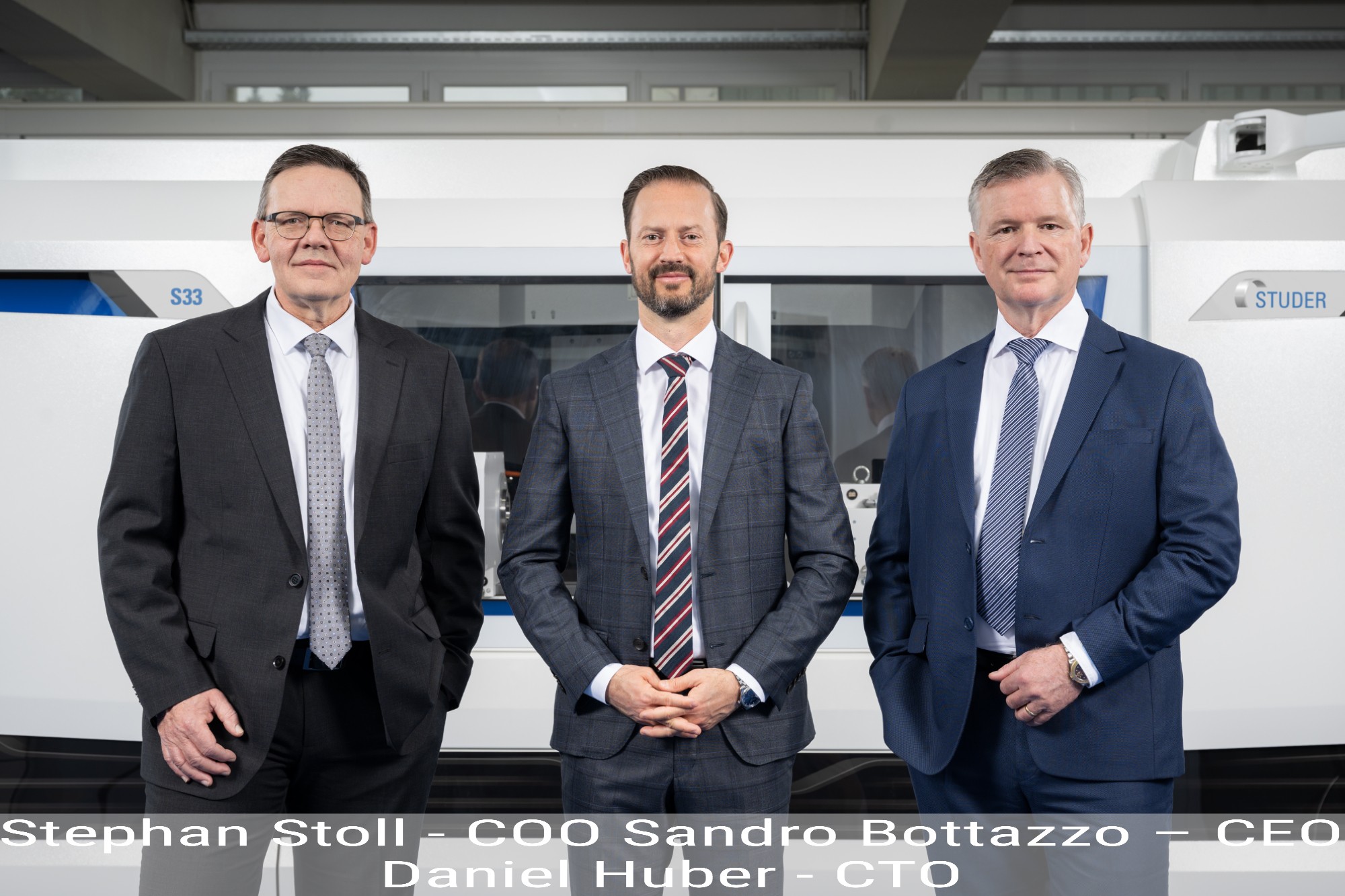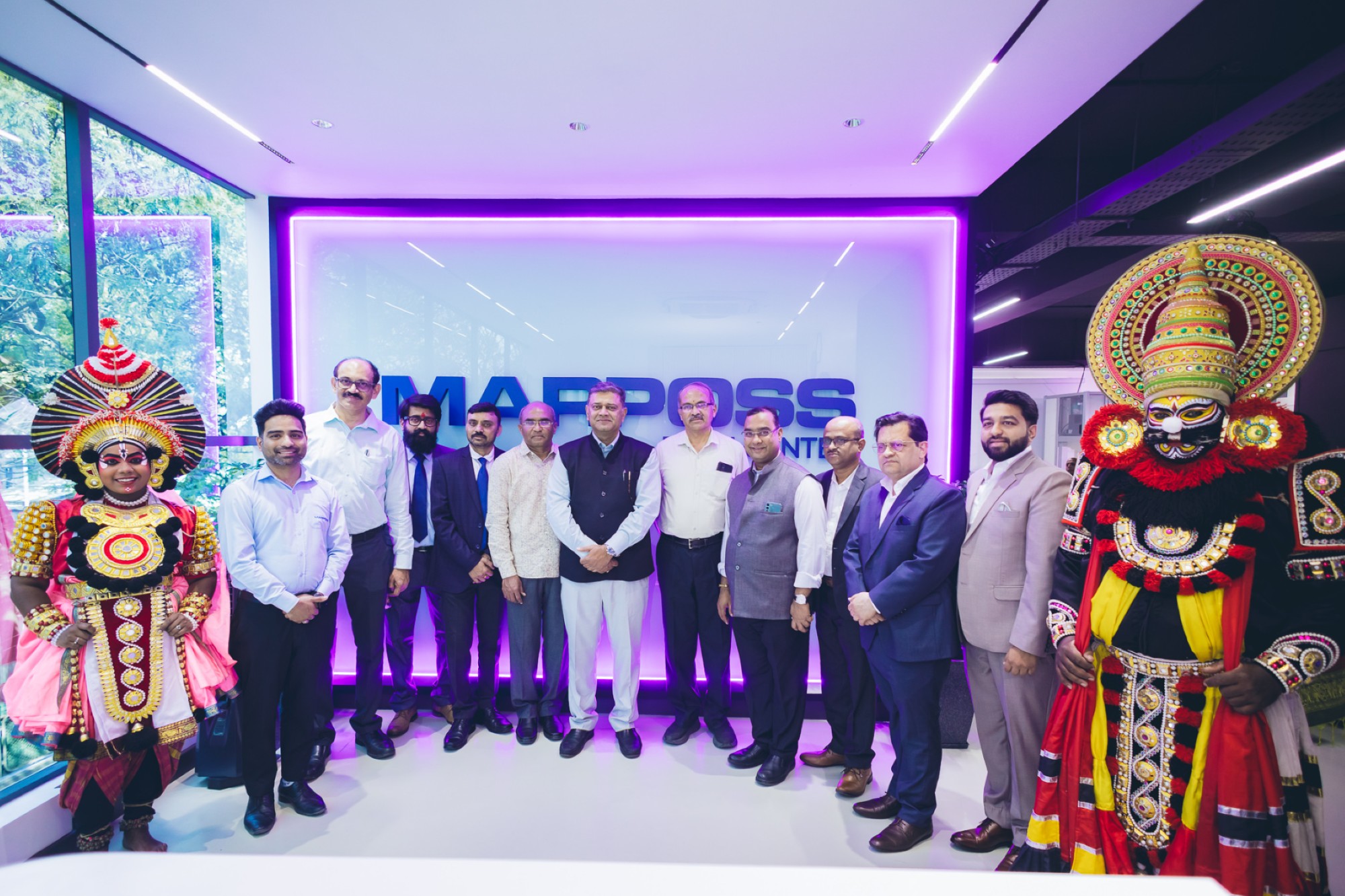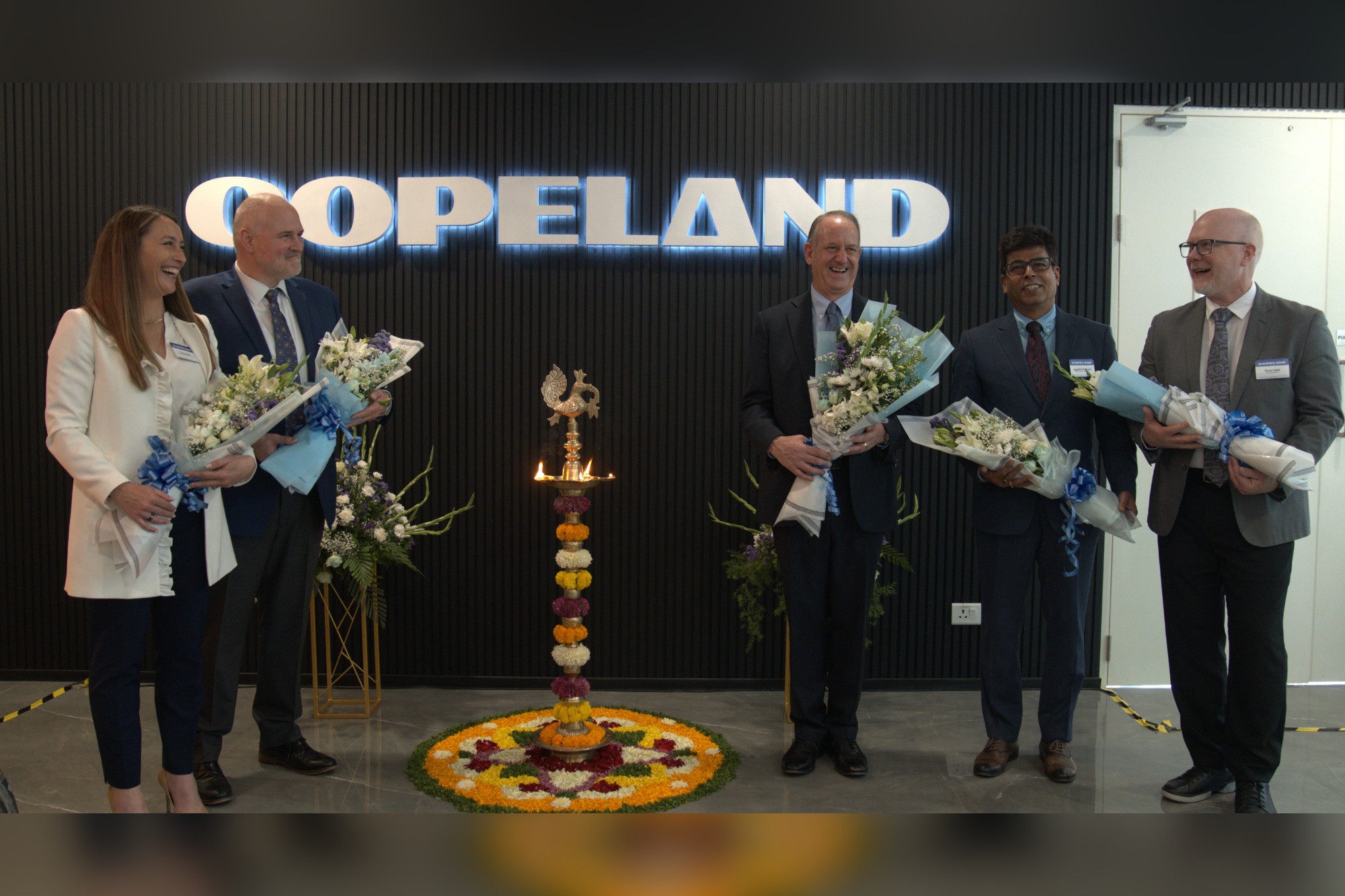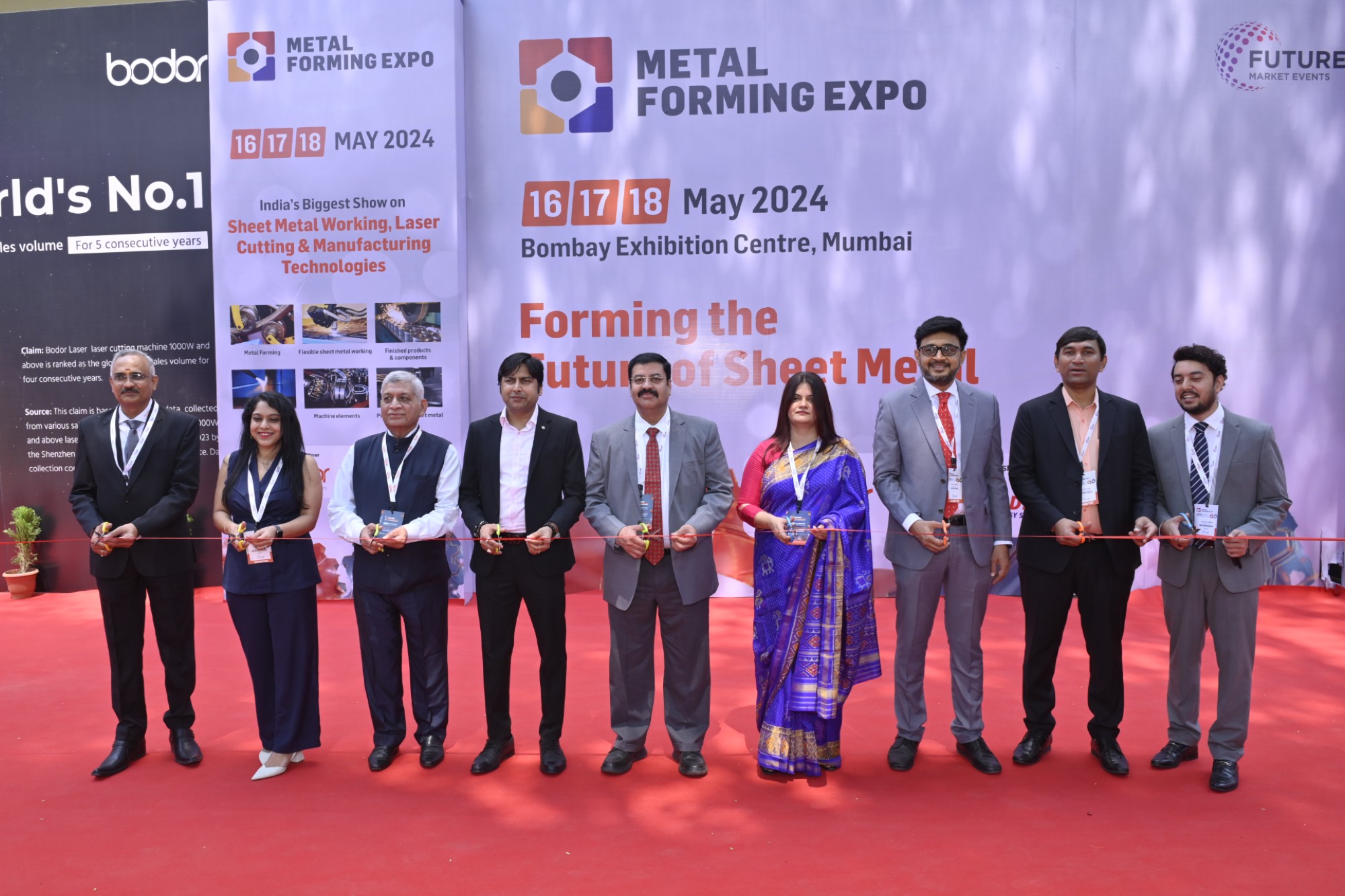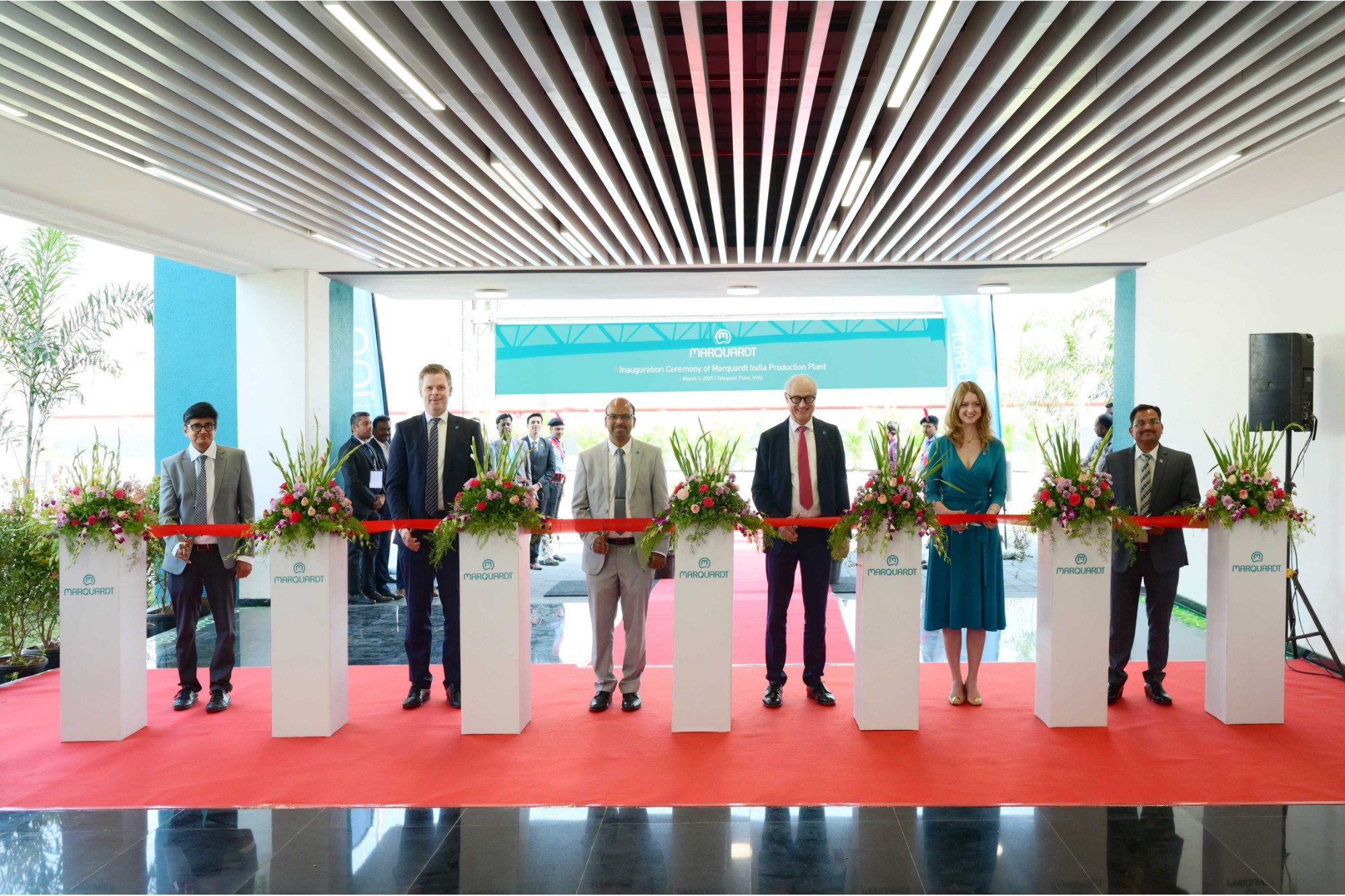Robotic process automation: Resolving manufacturing chaos
By OEM Update Editorial July 14, 2023 4:57 pm IST
RPA helps manufacturers achieve production quality and minimise manpower-based production. It ensures maximum production capacity and serves as the foundation for Industry 4.0.
A rapid evolution of digital dominance is ongoing daily, signalling the onset of a technological revolution where automation is poised to replace human labour. This shift is driven by the pressing challenges faced by manufacturers in terms of time and cost efficiency when performing mundane tasks in today’s fiercely competitive environment.
Robotic Process Automation (RPA) stands out as a crucial concept for present and future production technologies, enabling manufacturers and decision-makers to keep themselves updated on technological advancements in the rapidly developing world.
The escalating labour costs, limited production capacity due to the scarcity of skilled workers, time constraints, expenses associated with employees, and the physical limitations of human labour all hinder production and efficiency. Consequently, there is a compelling need to transition to RPA to address these challenges. Implementing RPA would enable manufacturers to achieve high product quality while minimising reliance on human labour, ultimately ensuring maximum production capacity and laying the groundwork for Industry 4.0.
Implementing robotic process automation in the manufacturing industry would bring a revolutionary transformation, leading to positive changes across the entire industry infrastructure. Adopting RPA and replacing human jobs is worthwhile, as it offers greater efficiency and the ability to handle basic tasks effectively.
Manufacturers have recognised the importance of RPA in recent years, resulting in a growing demand for its implementation. Robotic technology has enabled manufacturers to achieve high production efficiency. While robots have undoubtedly replaced human labour, they have also significantly saved time for manufacturers. The seamless integration of machine tools and robotic automation systems has increased production capacity and facilitated time savings. Moreover, RPA excels in eliminating unnecessary labour and freeing the workforce from repetitive tasks, allowing humans to focus on innovation.
One example of embracing RPA is the Vadodara-based Cosmos Group, which started manufacturing CNC machine tools in 1987 and has expanded its offerings to include industrial automation turnkey project solutions. Their introduction of the “Cosmos Boxy Autoloader” showcases a smart automation solution for machine tending, bringing optimal efficiency to factories dealing with small and medium-sized workpieces. This CNC machine tending robot automation system proves to be the most cost-effective solution. The Boxy Autoloader series comprises three types.
According to the World Robotics report in October 2022, 517,385 new industrial robots were installed in factories worldwide in 2021. This represents a 31 per cent year-on-year increase and a 22 per cent surge compared to the pre-pandemic record of robot installations in 2018.The stock of operational robots worldwide hits a new record of about 3.4 million units. These data show that, within the six years between 2015 and 2021, the number of yearly robot installations worldwide more than doubled and that robotic automation is expanding at an astonishing rate.
Asia region, especially India
Asia continues to dominate the global industrial robot market, with 74 per cent of newly deployed robots in 2021 being installed in the region. The forecast predicts this figure will rise to 77 per cent by 2025. Notably, India experienced robust growth, with a 54 per cent increase and 4,900 units shipped, highlighting the rapid pace of robotisation in Asia and, specifically, in India.
As per the report, the demand for industrial robots has never been higher than it has been post-pandemic. Global robot installations are expected to increase by 10 % by 2022, reaching nearly 5,70,000 units.
In conclusion, the post-pandemic period has seen unprecedented demand for industrial robots. Global robot installations are projected to grow by 10 per cent by 2022, reaching nearly 570,000 units. Various challenges, such as labour limitations, intermediate product prices, and time constraints, are being faced by industries worldwide. To tackle these challenges comprehensively, industry players must embrace robotic automation, a significant technological advancement that brings new possibilities and enhances the performance of existing processes. By taking decisive actions, we can adapt our industry and empower our workforce to overcome the challenges in the manufacturing sector.
Expertise shared by- Nisarg J. Shah
Sr. Representative, Cosmos Impex
Cookie Consent
We use cookies to personalize your experience. By continuing to visit this website you agree to our Terms & Conditions, Privacy Policy and Cookie Policy.




